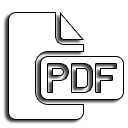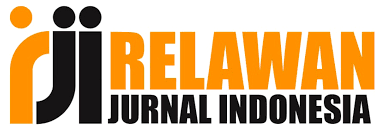R Reduction of Metal Lead (Pb) Levels in Meat of Kelabau Fish (Osteochilus melanopleurus) With Tamarind (Tamarindus indica) Filtrate
Reduction of Metal Lead (Pb) Levels in Meat of Kelabau Fish (Osteochilus melanopleurus) With Tamarind (Tamarindus indica) Filtrate
DOI:
https://doi.org/10.33859/jpcs.v3i1.217Keywords:
AAS, lead, lowering level, tamarind.Abstract
Background: Tamarind has citric acid which has the ability to reduce heavy metal contamination. Citric acid with its tricarboxylic group can bind with heavy metals and produce complex ions and has stable properties in the form of chelates.
Objective: To analyze the correlation between public knowledge and the use of drugs for toothache in the working area of the Asam- Asam Public Health Center.
Methods: Seeing the effect of tamarind on lead heavy metal and the relationship between variations in tamarind concentration and decreased levels of lead heavy metal in fish meat.
Methods: This study used a pre-experimental method with only-posttest design approach using atomic absorption spectrophotometry (AAS) instruments.
Results: Based on the research that has been done, it was found that the decrease in metal content from treatment with tamarind 5% was 63.923%, tamarind 10% was 41.431%, and tamarind 10% was 26.484% with a significance result of 0.715.
Conclusion: Based on the results of the study, it was found that there was no relationship between variations in the concentration of tamarind and lead levels.
















